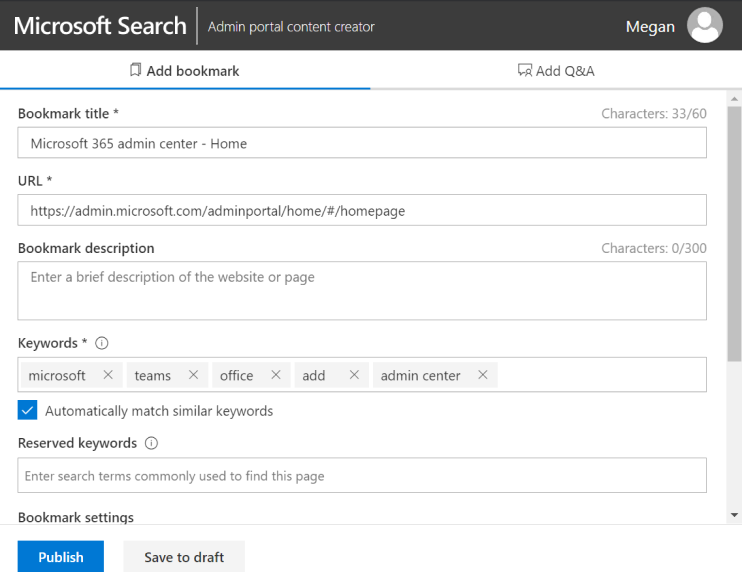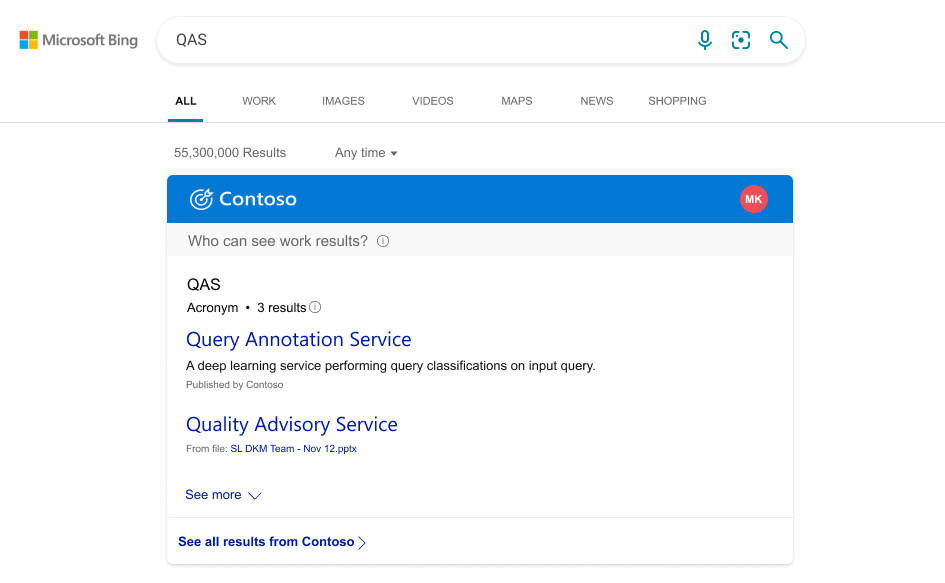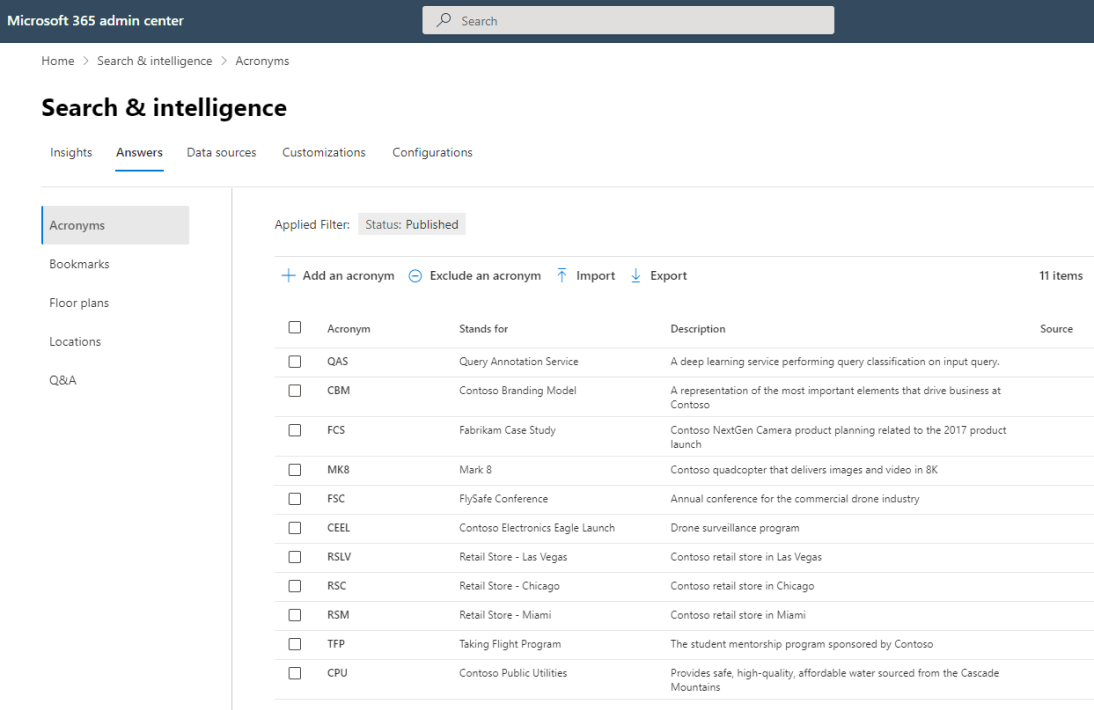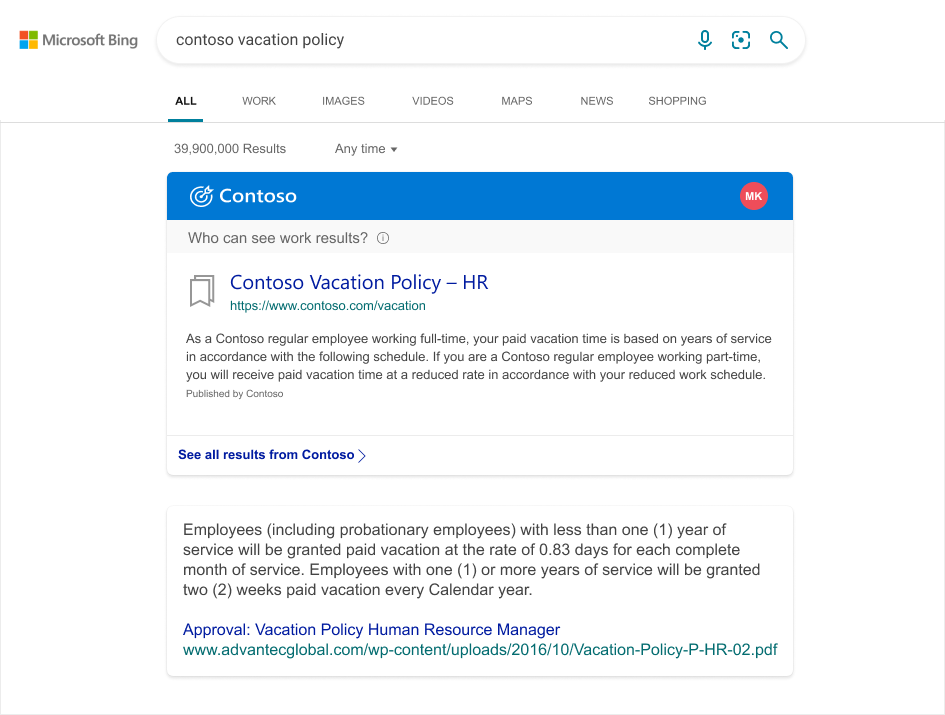User adoption of Microsoft Search ensures your organization is getting a return on the time and effort spent optimizing and deploying the search experience. This module outlines the ready-to-share and customizable content available, and actions you can take to evangelize Microsoft Search. Keeping your work or school answer content current is also an important task. We’ll go over how to review and publish suggested bookmarks and share tips for managing seasonal content. In the last part of this module, we’ll cover how to access and monitor Microsoft Search usage reports. The insights generated from these reports can help you gauge how search is performing in your organization and guide actions to improve it.
Scenario: A large retailer is ready to implement Microsoft Search. The organization’s Search admin is looking for support and ways to make sure the launch is a success. Since many at the company don’t know about this new work search tool, the IT team is looking for specific ways to improve user awareness. The Search admin is considering conducting some sort of launch event or training and knows they’ll have to implement a communication campaign.
Learning objectives
Once you’ve completed this module, you should be able to:
- Develop a plan to evangelize Microsoft Search in your organization.
- Download, review, and share the Microsoft Search adoption kit and other documentation.
- Ensure work or school results are correct and current.
- Access and monitor Microsoft Search data insights and reports.
















